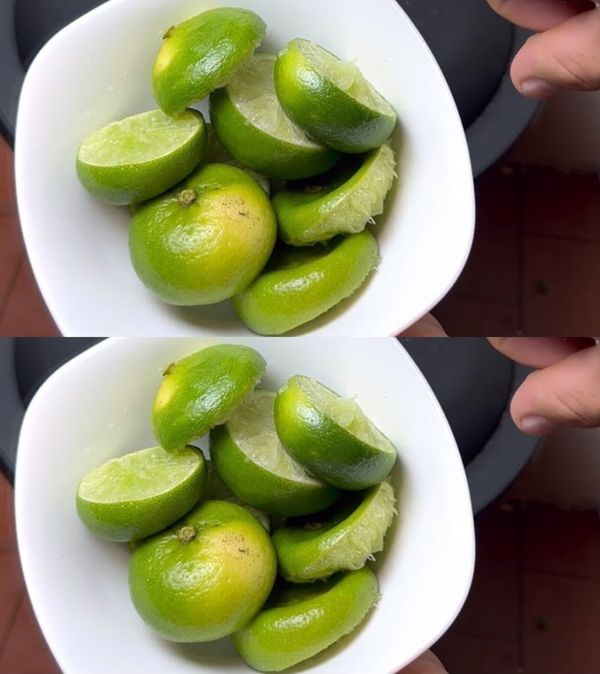Starting your day with a warm cup of turmeric and lemon water is one of the simplest ways to boost your health. This powerful combination offers a natural detox while fueling your body with essential nutrients and antioxidants. Let’s dive into why this morning ritual is worth adopting!
The Dynamic Duo: Turmeric and Lemon
Turmeric is known for its anti-inflammatory and antioxidant properties, thanks to its active compound, curcumin. Lemon, on the other hand, is packed with vitamin C and provides a refreshing burst of flavor along with its alkalizing effects. Together, they create a potent health tonic that can work wonders for your body.
Benefits of Drinking Turmeric and Lemon Water
- Kick-Starts Your Digestion
This warm drink stimulates the digestive system, helping to wake up your gut and prepare it for the day. It can prevent bloating, promote smooth digestion, and support a healthy metabolism. - Detoxifies the Body
Lemon water helps flush out toxins, while turmeric’s anti-inflammatory properties aid liver function. Together, they provide a gentle cleanse for your system. - Boosts Immunity
Turmeric and lemon are both rich in antioxidants that strengthen your immune system, protecting you from seasonal illnesses and infections. - Supports Weight Management
Turmeric and lemon water can help regulate metabolism and promote fat breakdown, making it a great addition to a weight management plan. - Improves Skin Health
The vitamin C in lemon promotes collagen production for smoother, more youthful skin, while turmeric fights inflammation and supports skin repair. - Enhances Mood and Energy
This bright and refreshing drink not only energizes you but may also help reduce stress, thanks to the natural calming effects of turmeric.
How to Make Turmeric Lemon Water
Ingredients:
- 1 cup of warm water
- ½ teaspoon turmeric powder (or freshly grated turmeric)
- Juice of half a lemon
- A pinch of black pepper (to enhance curcumin absorption)
- Optional: A drizzle of honey for sweetness
Instructions:
- Heat the water until warm—not boiling.
- Mix in the turmeric and black pepper until dissolved.
- Squeeze in the lemon juice and stir well.
- Add honey if desired, and enjoy while it’s warm.
When and How to Drink It
The best time to drink turmeric lemon water is first thing in the morning, on an empty stomach. This allows your body to absorb its benefits more effectively, giving you a refreshing start to the day.
A Small Change with Big Benefits
Incorporating turmeric and lemon water into your morning routine is an easy and natural way to support your health. Give it a try, and you might just feel the difference in your energy, digestion, and overall well-being! ✨









